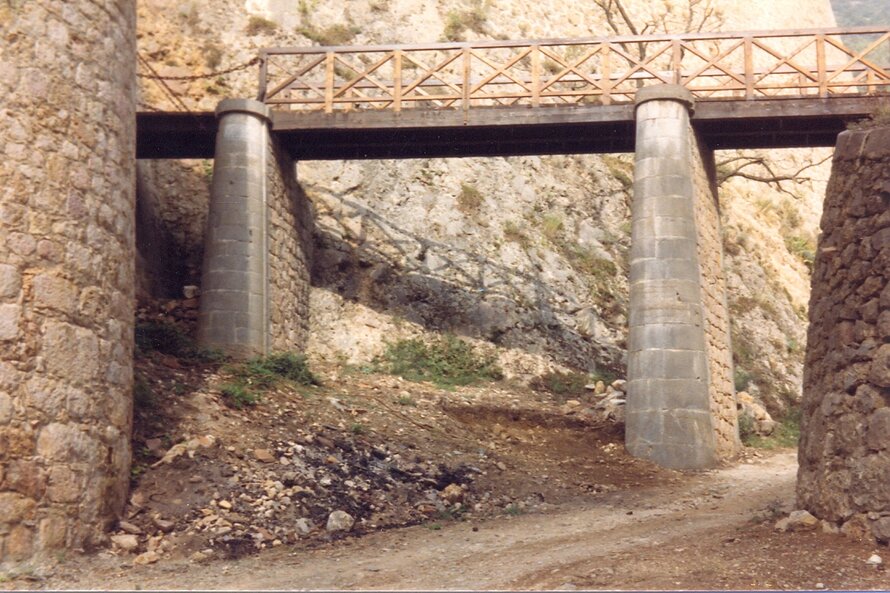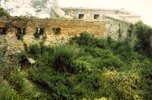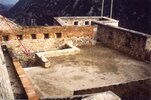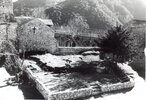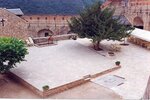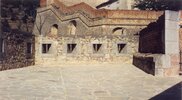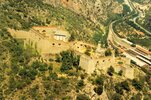Chateau-Fort Libéria, Villefranche-de-Conflent
In 1659 the Treaty of the Pyrenees defined a new frontier between France and Spain. Catalonia was cut in half and Conflent became part of the Province of Roussillon. At this time Villefrance de Conflent, the capital of the region, was a fortified city of the 11th century. In 1678 ...
Read more
Project details
| Title: | Chateau-Fort Libéria, Villefranche-de-Conflent |
|---|---|
| Entr. year: | 1995 |
| Result: | Diploma |
| Country: | France |
| Town: | Villefranche-de-Conflent |
| Category type: | architectural heritage |
| Building type/ Project type: | Military/Defence/Fortified building/system |
| Former use: | Fortress, prison |
| Actual use: | Castle and museum open to the public: cultural attraction |
| Built: | 17th century |
| Architect / Proj.leader: | M. Monge, Architect (Saint Jean de Fos - FR) |
| The Jury's citation: | "Pour Ia restauration exemplaire d'un château fort qui laisse a l'abandon pendant pres d'un siede, retrouve aujourd'hui sa structure d'origine dessinee par Vauban et remodelee sous Napoleon III" |
| GPS: | 42°35'23.9"N 2°21'52.5"E |
| Web, Links: | www.fort-liberia.com/ |
Description:
In 1659 the Treaty of the Pyrenees defined a new frontier between France and Spain. Catalonia was cut in half and Conflent became part of the Province of Roussillon. At this time Villefrance de Conflent, the capital of the region, was a fortified city of the 11th century. In 1678 Louis XIV and Vauban (the commissaire général of fortifications) decided to carry out an old project of building a fortress, which should be the "key to defense in the South of France". The fortress was built between 1680 and 1681 on a hill over the city, almost at the same height of the cliffs of the Spanish coast. Vauban also built accommodation for 100 men and their officers, a large cistern and an arsenal. The Fortress is connected with the city of Villefrance by an underground tunnel, called "souterrain des mille marches". In 1890 the garrison left Villefrance and the fortress was abandoned. During the renovation work the roofs of the barracks were renovated, the platforms were sealed and the terraces tiled. The drawbridge was renewed and the exhibition rooms of the museum were expanded. Electricity and drinking water were taken from the village (180 meters difference in level) and a sewage-work was built.
Similar projects
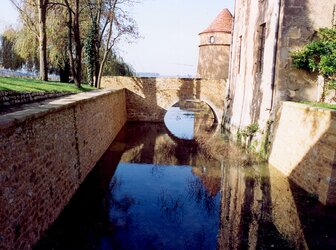
Middle Ages

13th century
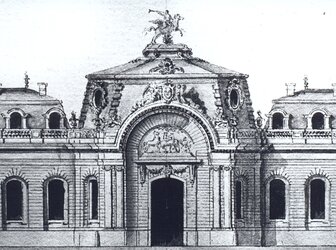
18th century

mid-18th century. Until 1789
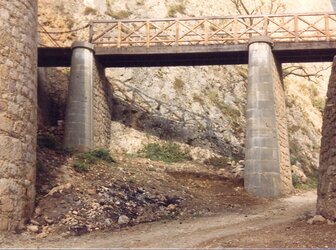
17th century
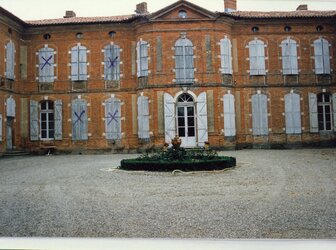
18th century
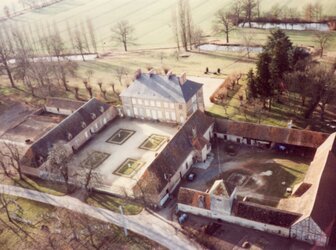
18th century
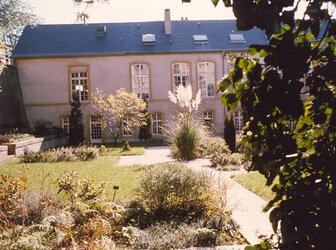
13th century
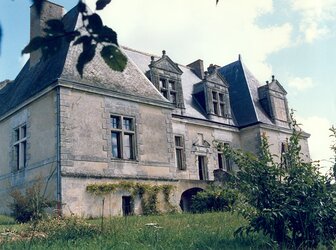
17th century
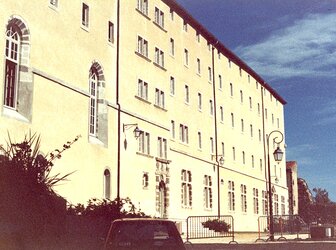
20th century
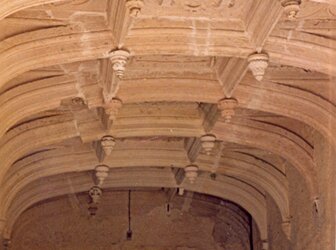
16th century
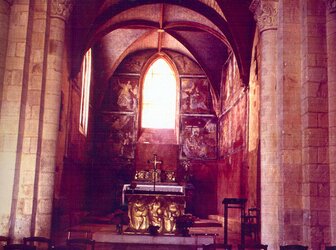
12th-17th century
